Pediatric Allergy and Immunology: Conditions, Diagnosis, and Care

Pediatric allergy and immunology helps find and treat allergies and immune problems in children. Common issues are sneezing, itchy or watery eyes, cough, wheezing, rashes, hives, food reactions, eczema, and frequent infections. Early checkups can identify triggers, ease symptoms, prevent problems, and make daily life better for families.
What this field covers:
- Allergic conditions: seasonal and perennial allergic rhinitis (hay fever), food allergies, eczema (atopic dermatitis), hives (urticaria), medication and insect venom allergies, and allergic conjunctivitis.
- Respiratory conditions related to allergy: asthma with allergic triggers, exercise induced bronchospasm, and chronic cough linked to environmental exposures.
- Immune disorders: frequent, unusual, or severe infections that may suggest an immune system imbalance; evaluation aims to identify issues in protective antibodies or cell mediated immunity.
Goals of care:
- Accurate diagnosis using child friendly approaches.
- Personalized, stepwise treatment plans that control symptoms and minimize side effects.
- Prevention strategies to reduce reactions and hospital visits.
Families get clear information about medicines, emergency plans, and how to avoid triggers. Clinics such as Liv Hospital offer team based, family focused care to support every step in a safe and caring way.
Diagnostic steps:
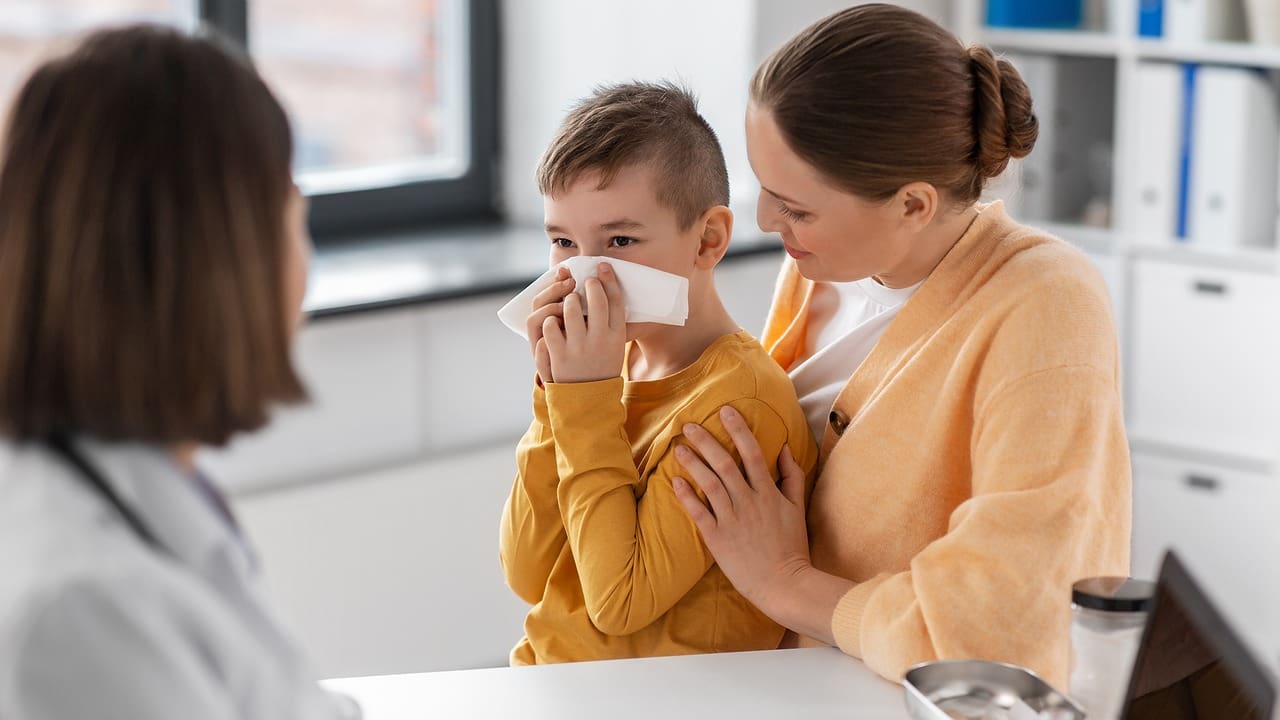
History and examination: symptom timing, seasonality, food exposure, home environments, and family history.
Allergy testing: skin prick testing and blood IgE testing to identify likely allergens such as pollens, dust mites, animal dander, molds, foods, and insect venoms.
Lung function assessment: spirometry and, when appropriate, bronchodilator response or exhaled nitric oxide to evaluate airway inflammation and asthma.
Immune evaluation: blood counts, immunoglobulin levels, and vaccine response testing when recurrent infections raise concern.
Care pathways: structured algorithms guide safe, timely decisions for suspected food reactions, asthma exacerbations, and chronic rhinitis.
Treatment approaches:
Allergic rhinitis and conjunctivitis: antihistamines, nasal corticosteroids, allergen avoidance, saline rinses, and eye drops to relieve itching and tearing.
Eczema: gentle skin care, fragrance free emollients, topical anti inflammatory treatments, and trigger identification (irritants, sweat, infections).
Food allergy: avoid known allergens, plan meals to support healthy growth, and have an emergency plan ready. In some cases, doctors may suggest supervised food challenges or desensitization if it is safe.
Asthma: use inhaled medicines based on how severe symptoms are, with spacers to help use them correctly, and follow a written asthma plan. Managing triggers like allergens, infections, and smoke is also important.
Hives and reactions: use antihistamines, find out what causes the reactions, and see a doctor for more testing if they happen often or are severe. Support includes teaching how to use inhalers, giving action plans for school or daycare, and planning for pollen season.
Pediatric Allergy and Immunology Near Me: How to Choose the Right Clinic
Searching for pediatric allergy and immunology near me is often the first step. Consider:
- Child focused services with pediatric expertise in allergies, asthma, and immune care.
- Access to diagnostics such as skin testing, spirometry, and immunologic lab assessments.
- Clear communication, age appropriate education, and family support for daily management.
- Coordinated care that includes prevention strategies, action plans, and follow up scheduling.
Look for clinics that offer same day or quick appointments when your child has sudden symptoms. Places like Liv Hospital bring together allergy and immune care with strong support, helping families manage triggers, treatments, and long term health.
Pediatric Allergy Asthma and Immunology: Understanding the Connections
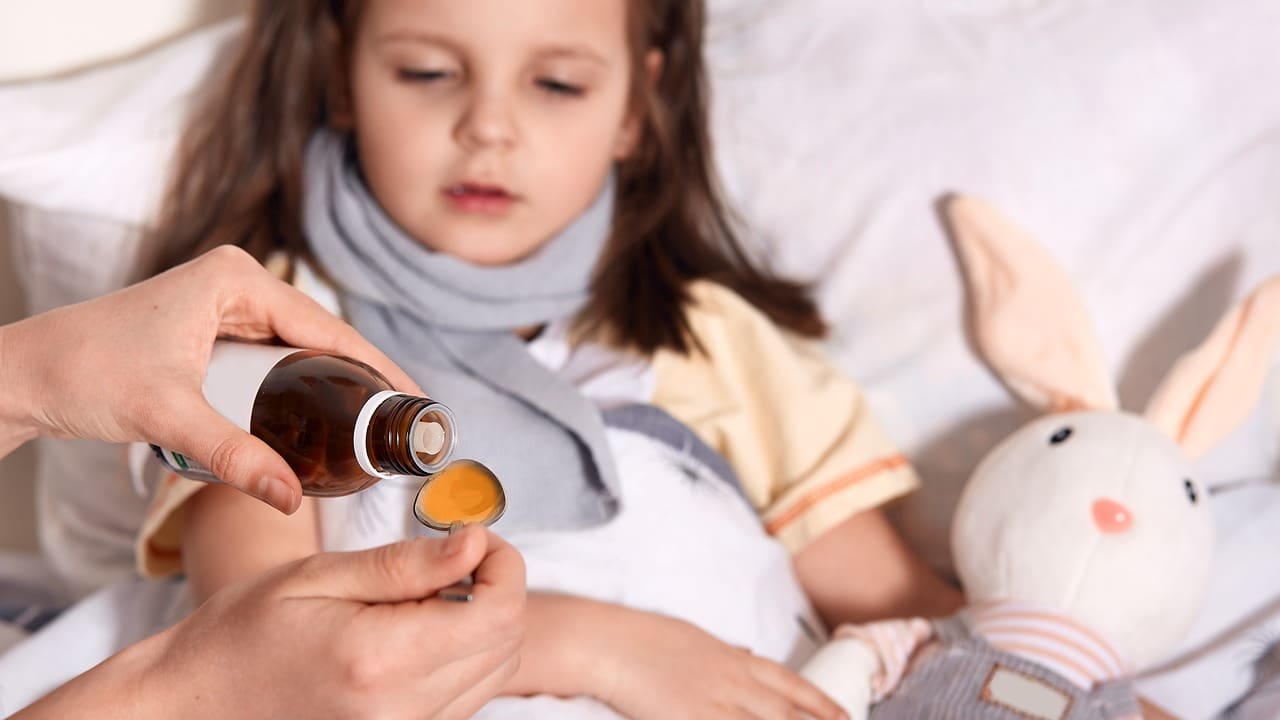
Allergic inflammation often affects both the nose and lungs. When allergic rhinitis and asthma occur together:
- Nasal symptoms (sneezing, congestion, itching) may worsen cough or wheeze.
- Managing upper airway allergies can improve asthma control.
- Trigger identification matters: dust mites, pets, molds, pollens, and smoke can provoke both rhinitis and asthma.
Having one clear action plan helps families handle daily symptoms and deal with flare ups quickly. Children often do best with a mix of avoiding triggers, using nasal treatments, and taking inhaled medicines as needed. Regular check ins help keep treatment safe and effective as kids grow.
Pediatric Allergy Immunology and Pulmonology: Breathing, Immunity, and Allergies in Children
The lungs, immune system, and allergic responses are closely linked:
• Airway inflammation in asthma can be driven by allergic triggers, viral infections, and environmental exposures.
• Immunologic evaluation is considered when infections are unusually frequent, severe, or caused by uncommon pathogens.
• Breathing assessments, including spirometry, help tailor inhaled therapies and track progress over time.
• Parents learn how to use inhalers and spacers, and how to spot early signs that symptoms are getting worse. They also get tips on sleep, exercise, and school. With good planning, most children can play, join sports, and keep up with school without many problems.
What Is Pediatric Allergy and Immunology?
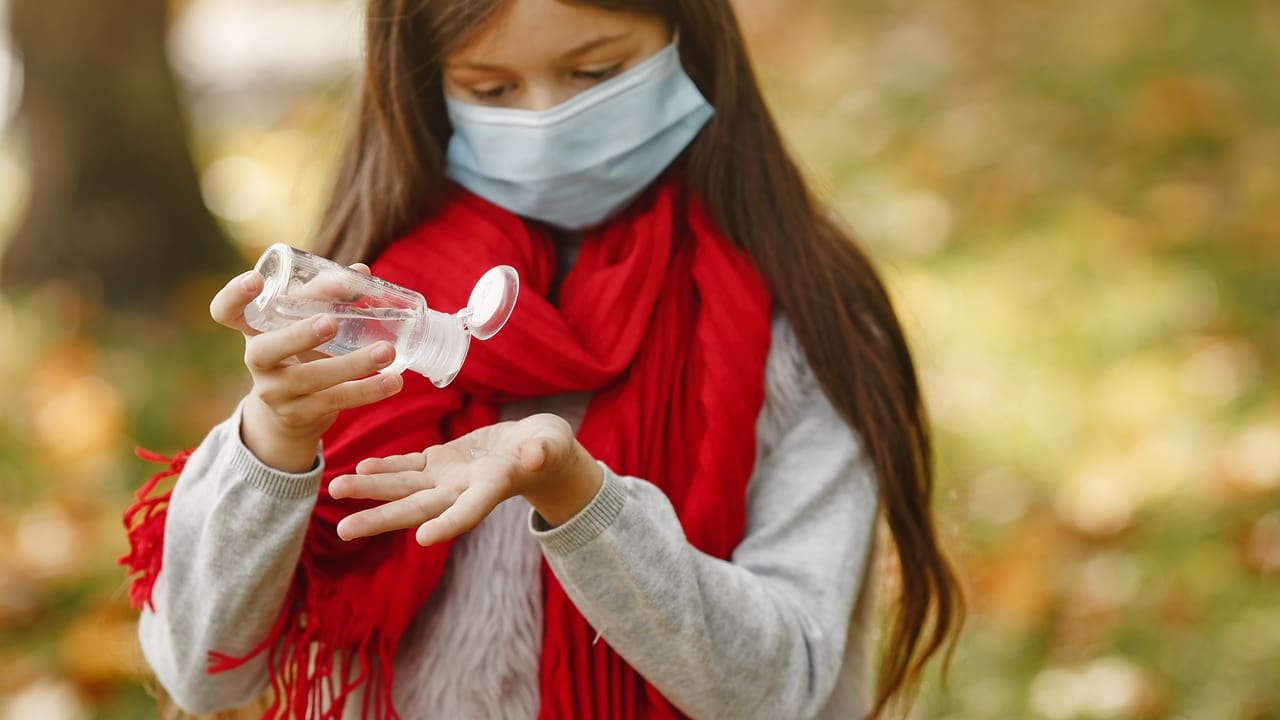
Pediatric allergy and immunology addresses:
Allergies: immune reactions to substances like foods or airborne particles that cause itching, swelling, or breathing changes.
Immune balance: ensuring the body defends against infections without overreacting to benign exposures.
Common symptoms:
- Nose and eye: sneezing, runny nose, congestion, itchy eyes, watery discharge.
- Skin: red, dry, itchy patches (eczema); hives; swelling of lips or eyelids.
- Lungs: cough, wheeze, shortness of breath, night time symptoms, or exercise intolerance.
- Digestive: stomach pain, vomiting, or diarrhea after certain foods.
When to seek evaluation:
- Symptoms persist despite basic over the counter care.
- Wheezing, repeated coughing fits, or nighttime coughs can affect sleep.
- Food reactions occur after specific meals or snacks.
- Infections are frequent or unusually severe.
What to expect:
- A gentle exam and questions about daily routines.
- Targeted tests to clarify triggers and immune function.
- A clear plan with stepwise treatments and prevention strategies.
Pediatric Allergy and Immunology Terms: A Simple Glossary for Families
- Allergic rhinitis: a nasal allergy that causes sneezing, congestion, and a runny nose.
- Atopic dermatitis (eczema): a chronic itchy skin condition with dry patches.
- Urticaria: hives raised, itchy welts that can come and go.
- Anaphylaxis: severe, rapid allergic reaction with breathing difficulty and swelling; requires emergency treatment.
- IgE: an antibody that participates in immediate allergic reactions; measured in allergy blood tests.
- Spirometry: a breathing test that checks airflow and helps diagnose asthma.
- Controller medication: preventive inhaler taken regularly to reduce inflammation.
- Reliever medication: fast acting inhaler used for sudden symptoms.
- Elimination diet: structured avoidance of a suspected food allergen under medical guidance.
- Action plan: a written step by step guide for responding to symptoms at home and school.
Pediatric Allergy and Immunology Specialist: When to See an Expert
Consult a specialist if:
- Your child has persistent allergies affecting sleep, school, or play.
- Asthma symptoms remain despite correct inhaler use.
- Food reactions suggest IgE-mediated allergy or cause significant anxiety during meals.
- Eczema is severe or frequently infected despite regular skin care.
- If your child keeps getting infections and you are worried about their immune system, a specialist can run tests, adjust treatments, and make a full care plan. Clinics like Liv Hospital help with ongoing care, follow up visits, and family education to make daily management easier and safer.
Pediatric Immunology and Allergy: Symptoms, Tests, and Treatments
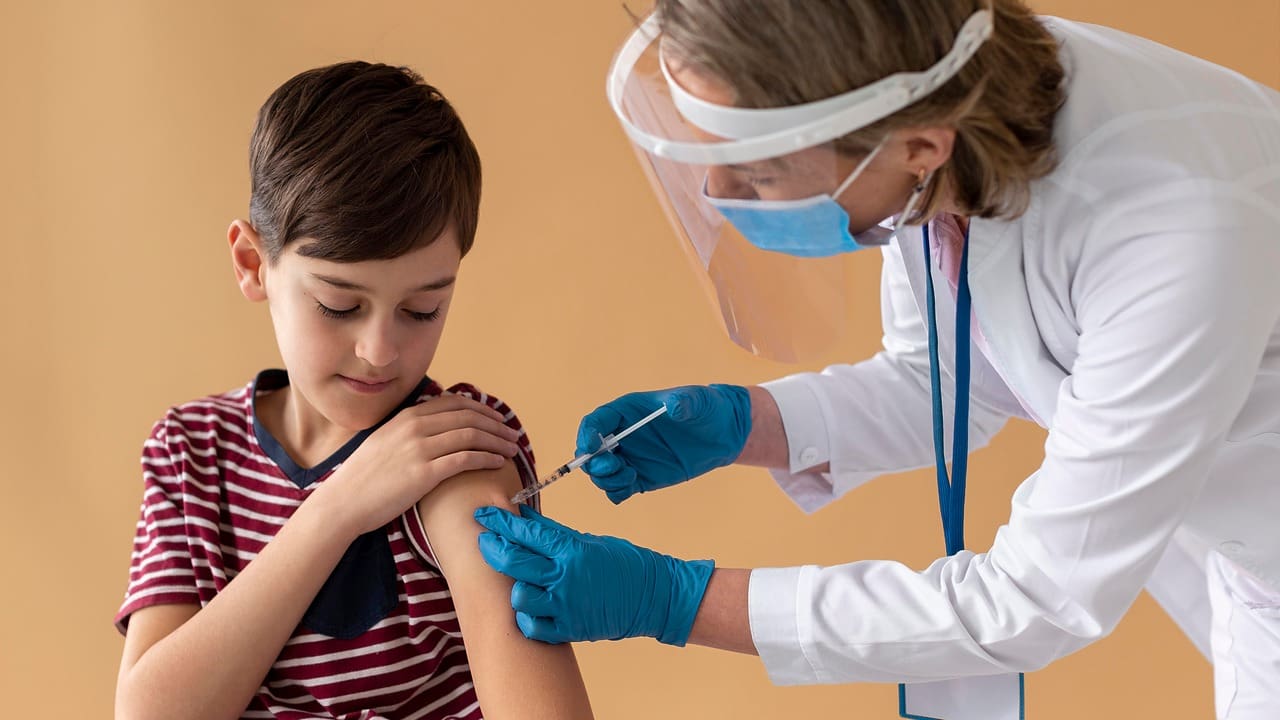
Symptoms that prompt evaluation:
- Ongoing nasal and eye symptoms, especially with seasonal changes.
- Recurrent wheeze, cough, or shortness of breath with colds, exercise, or allergens.
- Skin symptoms, including itchy patches, hives, or swelling.
- Possible food related reactions, particularly after milk, eggs, peanuts, tree nuts, soy, wheat, fish, or shellfish.
Testing overview:
- Skin prick testing and serum IgE to identify allergen sensitivities.
- Spirometry to assess airflow limitation and treatment response.
- Immune function testing indicated when by infection patterns.
Treatments:
- Allergic rhinitis: daily nasal sprays, second generation antihistamines, and trigger avoidance.
- Asthma: inhaled corticosteroids or other controllers with relievers for flare-ups; written action plans for home and school.
- Eczema: moisturizing routines, topical therapies, management of infection, and irritants.
- Food allergy: have a plan to avoid allergens, keep emergency medicine ready, and try supervised food challenges if your doctor suggests it. Learn how to use medicines safely, clean devices, and handle emergencies. Keep your action plan up to date and share it with caregivers and school staff.
Pediatric Allergy and Immunology: Practical Care Pathways for Your Child
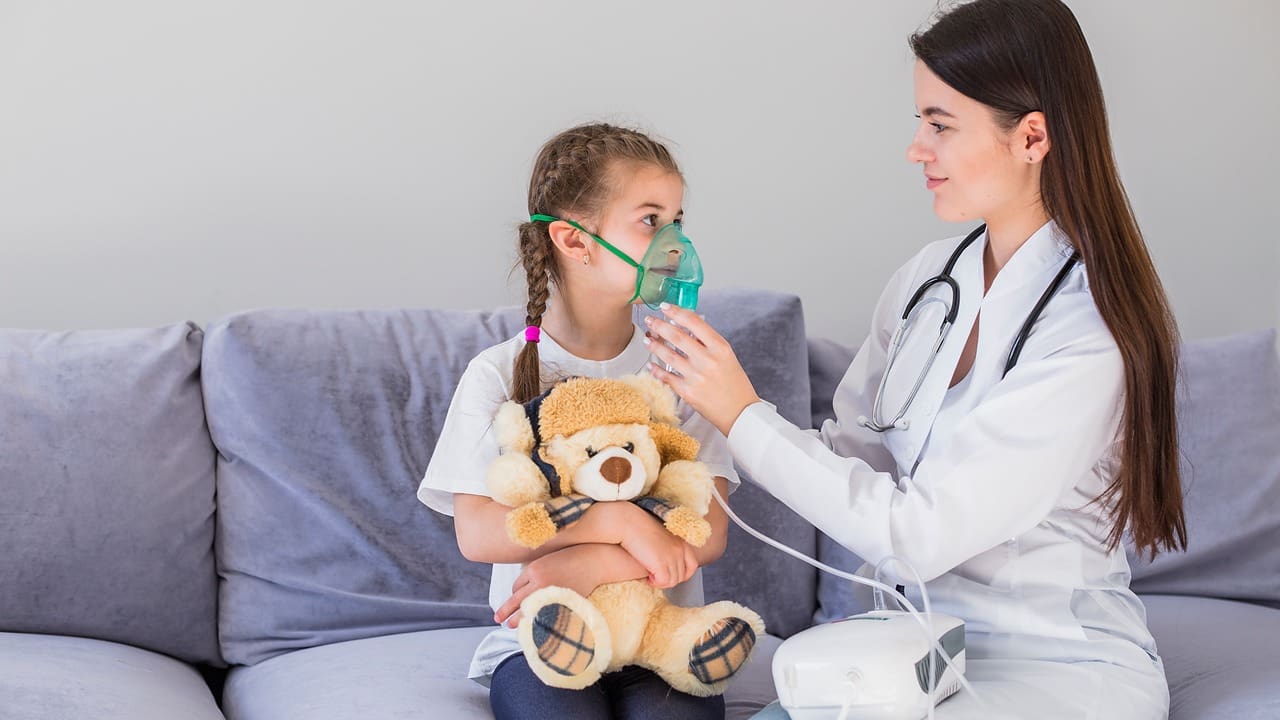
Care pathways ensure safe, consistent steps:
- Allergic rhinitis pathway: confirm triggers, start daily nasal care, and monitor response.
- Asthma pathway: classify severity, teach inhaler technique, provide an action plan, and adjust therapy at follow-up.
- Food allergy pathway: confirm diagnosis, guide avoidance and nutrition, prepare emergency plans, and consider supervised challenges under medical oversight.
- Eczema care means following a daily skin routine, treating flares with creams, and dealing with infections quickly. These step by step plans help families feel more in control and confident. Clinics like Liv Hospital use clear written plans to make care easier at home, school, and during visits.
For more information about our academic and training initiatives, visit Liv Hospital Academy
Frequently Asked Questions for Pediatric Allergy and Immunology
What is an action plan, and why is it important for pediatric allergy and asthma?
An action plan is a written set of steps for daily management and flare ups. For food allergies, it outlines recognition of reactions and emergency steps. For asthma, it details medication use by symptom zone (green/yellow/red), device technique, and when to seek urgent care. Action plans improve safety at home, school, and during activities.
How are breathing tests, like spirometry, used in pediatric allergy, immunology, and pulmonology?
Spirometry measures airflow to help diagnose asthma, track treatment response, and guide medication adjustments. It can be combined with bronchodilator testing or exhaled nitric oxide to assess airway inflammation. Results inform a personalized plan that may include controller therapy and strategies to avoid triggers.
What is eczema (atopic dermatitis) and how can parents manage it effectively?
Eczema is a chronic, itchy skin condition with dry, inflamed patches. Effective care emphasizes daily moisturizing with fragrance free emollients, trigger avoidance (irritants, sweat), and topical anti inflammatory treatments during flares. Addressing skin infections promptly and maintaining gentle bathing routines helps maintain control and reduce itching.
When should families consider immunologic evaluation for recurrent infections?
If infections are unusually frequent, severe, prolonged, or caused by uncommon organisms, a pediatric immunology assessment may be needed. Testing can include blood counts, immunoglobulin levels, and specific antibody responses to vaccines. The goal is to identify immune imbalances and tailor prevention and treatment to reduce infection burden.
What is allergic rhinitis, and how is it treated in children?
Allergic rhinitis is a nasal allergy that causes sneezing, congestion, itching, and a runny nose, often triggered by pollen, dust mites, pet dander, and molds. Treatment includes allergen avoidance, nasal corticosteroid sprays, non sedating antihistamines, and saline rinses. Managing upper airway allergies can also improve coexisting asthma symptoms.
